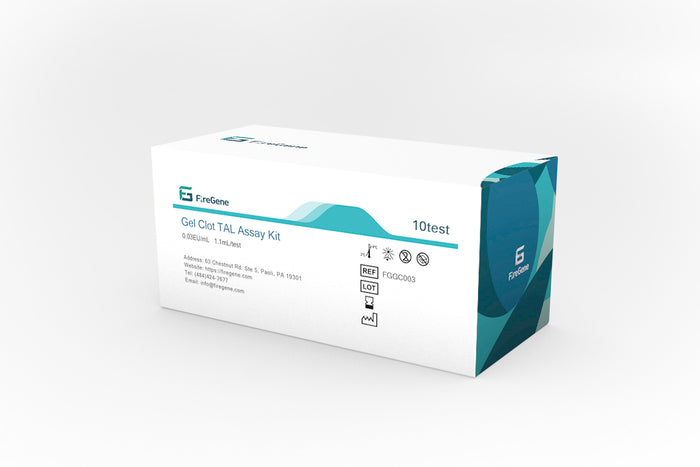
# LAL Assays and Gel Clot Assays in Endotoxin Detection
## Introduction to Endotoxin Detection
Endotoxins, also known as lipopolysaccharides (LPS), are toxic components found in the outer membrane of Gram-negative bacteria. Their presence in pharmaceuticals, medical devices, or other products can cause severe pyrogenic reactions in humans. Therefore, accurate detection of endotoxins is crucial in various industries, particularly in pharmaceutical manufacturing and healthcare.
## Understanding LAL Assays
The Limulus Amebocyte Lysate (LAL) test has become the gold standard for endotoxin detection since its discovery in the 1960s. This assay utilizes blood cells (amebocytes) from the horseshoe crab (Limulus polyphemus), which contain a sensitive clotting enzyme that reacts with endotoxins.
### Types of LAL Assays
There are three main types of LAL assays:
– Gel Clot Assay
– Turbidimetric Assay
– Chromogenic Assay
## Gel Clot Assay: The Traditional Method
The Gel Clot Assay is the simplest and most traditional form of LAL testing. It provides a qualitative or semi-quantitative measurement of endotoxin presence based on the formation of a gel clot.
### How Gel Clot Assays Work
When endotoxin comes into contact with the LAL reagent, it triggers a cascade of enzymatic reactions that ultimately result in the formation of a gel clot. The test involves:
1. Mixing the sample with LAL reagent
2. Incubating the mixture at 37°C for a specified time
3. Observing for clot formation by inverting the tube
### Advantages of Gel Clot Assays
– Simple to perform and interpret
– Requires minimal equipment
– Cost-effective compared to other methods
– Highly specific for endotoxin detection
– Validated for many applications
Keyword: LAL Assays Gel Clot Assays
### Limitations of Gel Clot Assays
– Less sensitive than other LAL methods
– Provides only endpoint data (presence/absence)
– Subjective interpretation (visual assessment)
– Limited quantitative capability
## Comparing Gel Clot with Other LAL Methods
While the Gel Clot Assay remains widely used, other LAL methods offer different advantages:
### Turbidimetric Assay
Measures the turbidity (cloudiness) caused by clot formation, providing quantitative results through spectrophotometry.
### Chromogenic Assay
Uses a synthetic chromogenic substrate that releases a colored compound when cleaved by the clotting enzyme, allowing for precise quantitative measurement.
## Applications in Pharmaceutical Industry
LAL assays, including Gel Clot methods, are essential for:
– Quality control of parenteral drugs
– Medical device testing
– Raw material screening
– Water system monitoring
– Process validation
## Regulatory Considerations
Various pharmacopeias (USP, EP, JP) specify requirements for endotoxin testing using LAL assays. The Gel Clot method is recognized as an official test in these compendia when properly validated.
## Future Perspectives
While Gel Clot Assays remain important, the field is evolving with:
– Development of recombinant factor C (rFC) assays
– Automation of testing procedures
– Improved sensitivity and reproducibility
– Alternative methods validation
## Conclusion
LAL Assays, particularly the Gel Clot method, continue to play a vital role in ensuring product safety by detecting endotoxin contamination. While newer methods offer advantages in quantification and sensitivity, the simplicity and reliability of Gel Clot Assays maintain their relevance in many testing scenarios. Understanding the principles and proper application of these tests remains essential for professionals in pharmaceutical and medical device industries.
